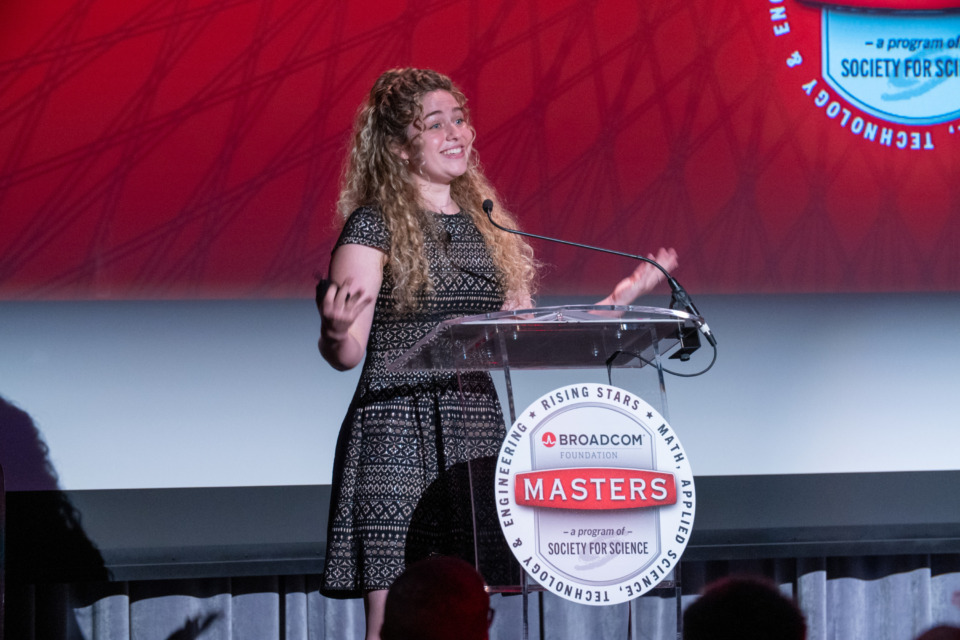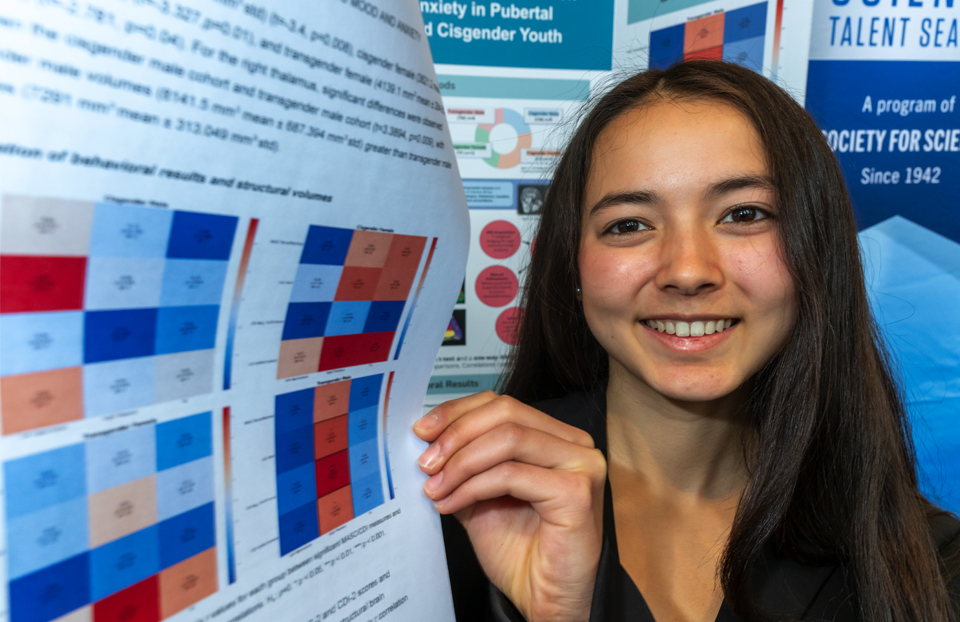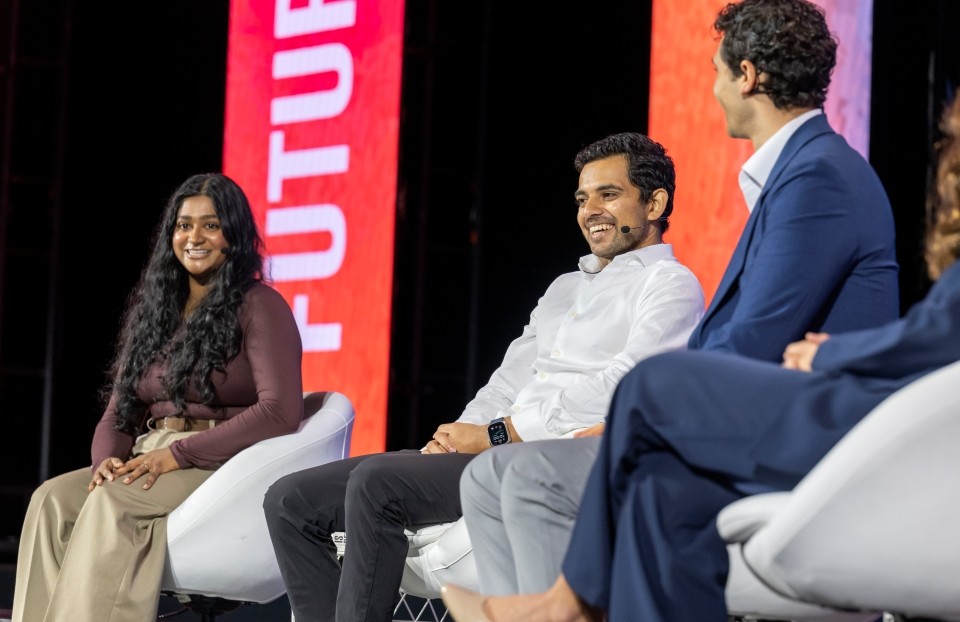New wind turbine inspires biological sciences student
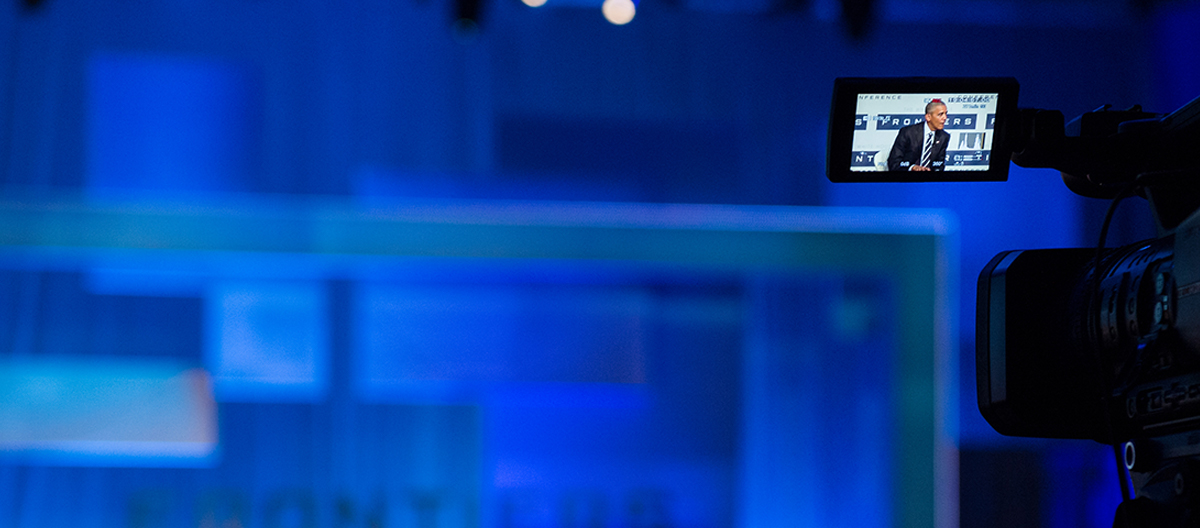
By Jiwoo Lee
Senior, Academy for Medical Science Technology, Bergen County Academies, Hackensack, New Jersey
Intel ISEF 2016 finalist
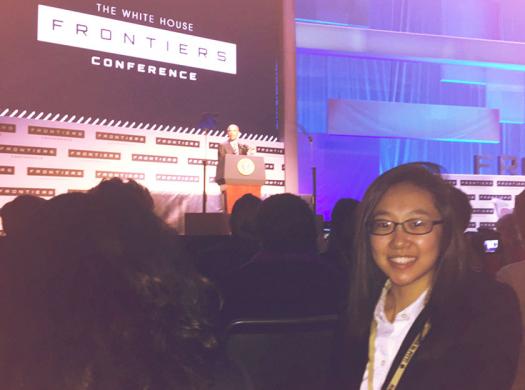
I would never have imagined that I would be spending my Thursday afternoon standing next to the CEO of Fitbit and the Director of the National Science Foundation, shaking President Barack Obama’s hand.
After being invited to the White House Frontiers Conference, I found myself quickly boarding a flight to Pittsburgh to attend the Global Frontiers track — a session dedicated to climate change mitigation and the clean energy revolution.
As a student in the Academy for Medical Science Technology, I am very focused on the biological and medical sciences. However, as I listened to different speakers, I could not help but be in awe of the novel ideas and analytical processes that were shared.
In particular, Astro Teller, the CEO of X, described the idea behind an airborne wind turbine project. He explained: “The power in the wind goes up with the cube of the wind speed. And as you go higher up in the sky, you get to stronger winds and more consistent winds. So you would think you would want to keep going up, at least to the boundary layer, in order to get all this free energy. There is a tiny little problem though: the weight and cost of the tower goes up roughly with the cube of the linear height.”
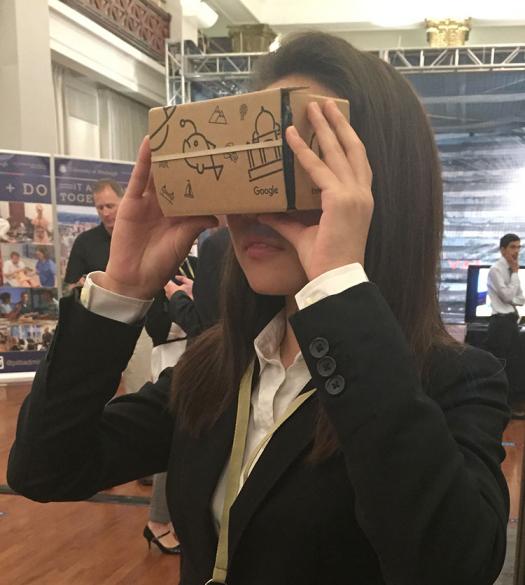
Now more than ever we need your support to help young scientists succeed.
Join the Society today.
I was extraordinarily impressed with his solution — only using the tips of wind turbines to capture energy, thereby saving the weight and cost of tons of steel.
These different ways of thinking not only opened my mind to different fields of study, but to different avenues for approaching global issues.
In addition, the conference included exhibitions that I would never have visited without this opportunity. Not only was I able to experience virtual reality for the first time to explore the International Space Station, but I also was able to examine state-of-the-art robots and machines with innovative uses — like a handheld camera stand that cancels out unsteady movements from the user!
The best part of the conference was the tangible atmosphere from the scientists and innovators all around me.
Spending the day rubbing shoulders with people from different parts of the county, with different backgrounds, in different fields of expertise was enlightening. An email that I had nearly disregarded as spam had opened the door to an experience that I will never forget.
I am so honored to have been a part of this extraordinary event that will inevitably make an impact in the national movement toward a better future through improving in the fields of medicine, technology, artificial intelligence, environment, and space exploration.
